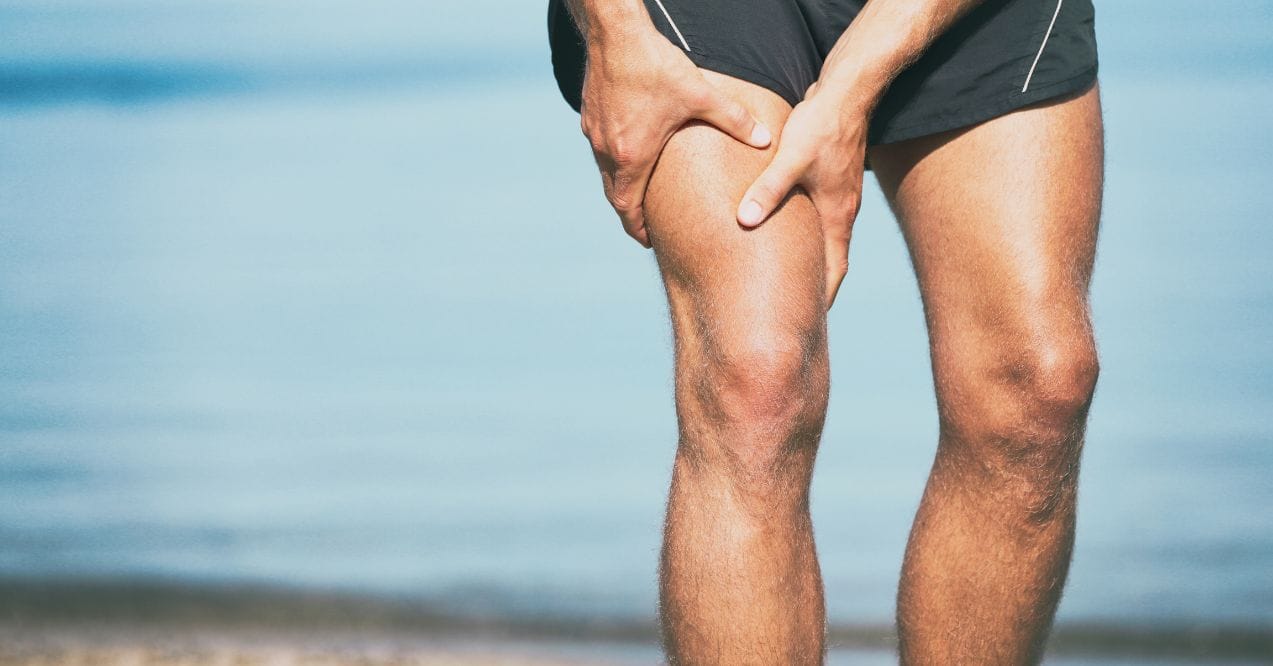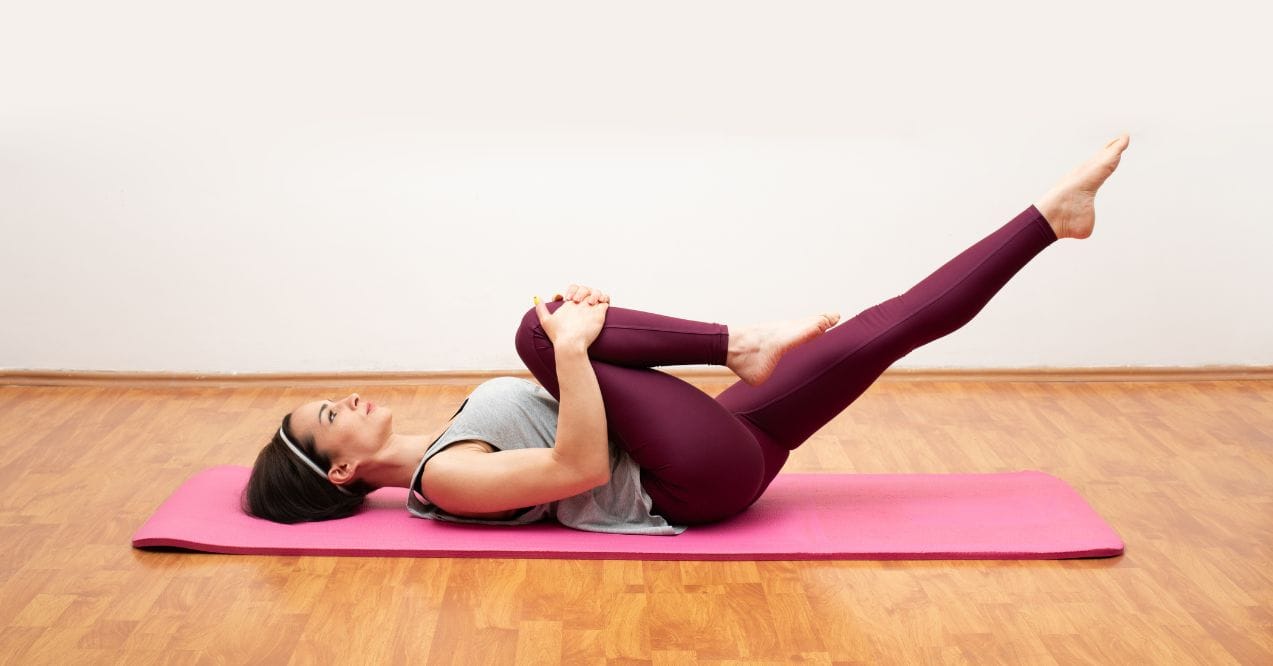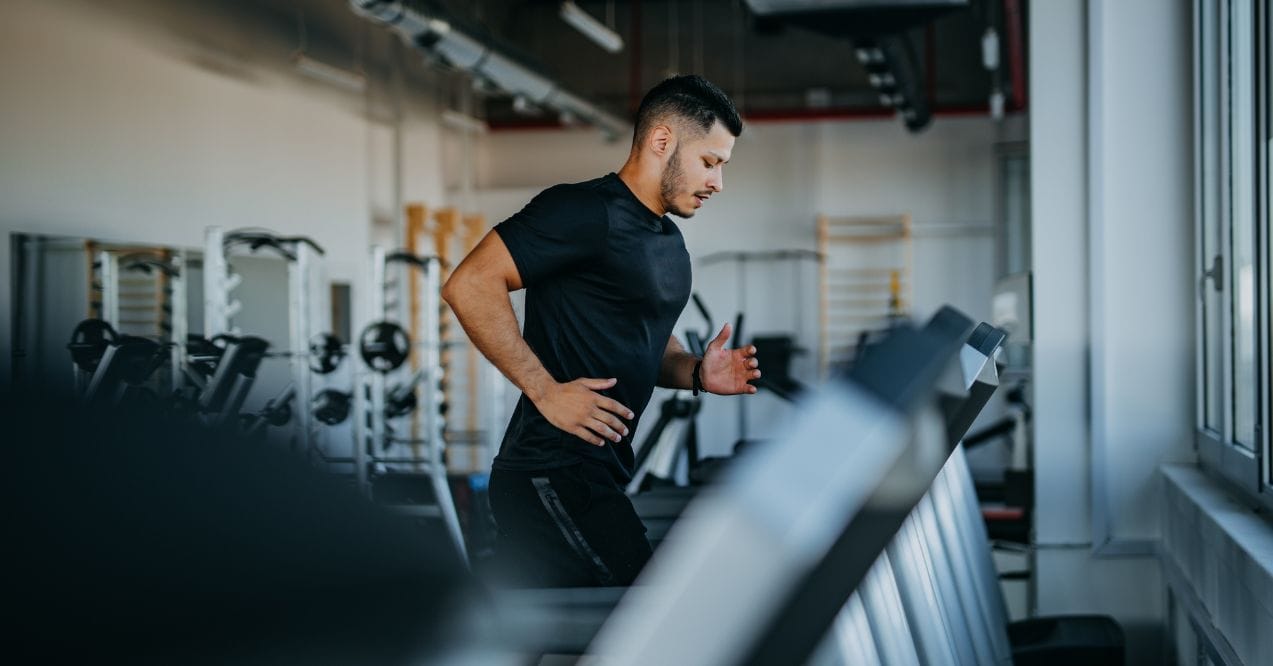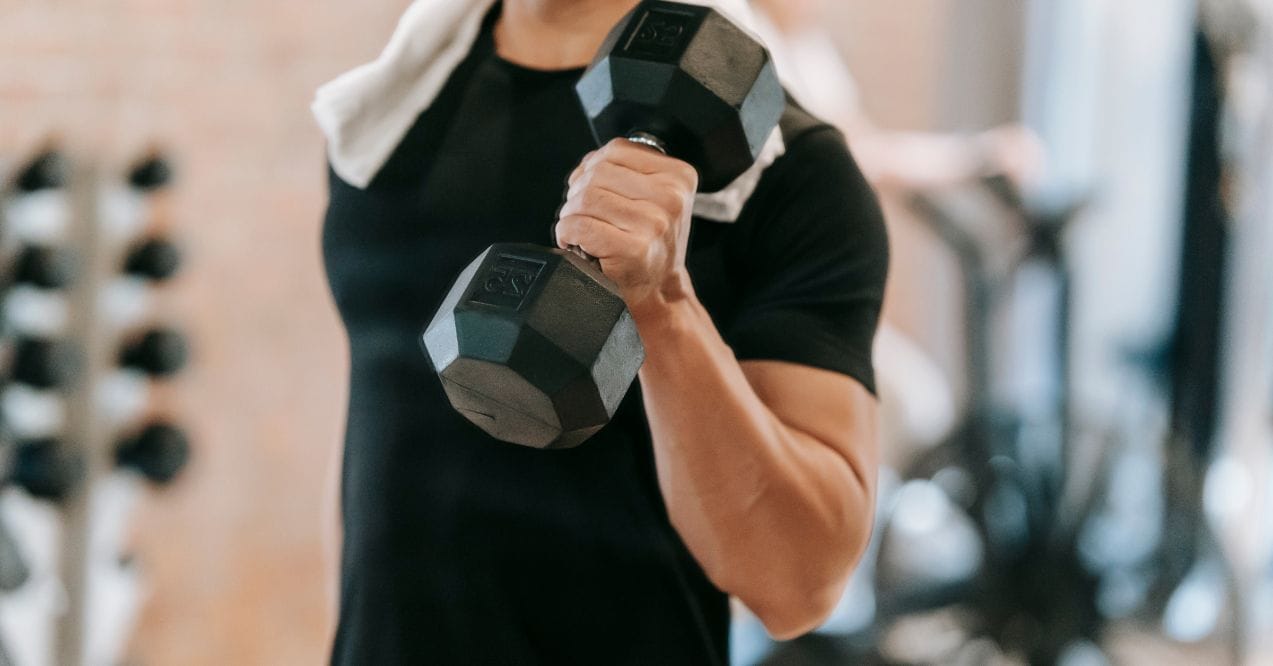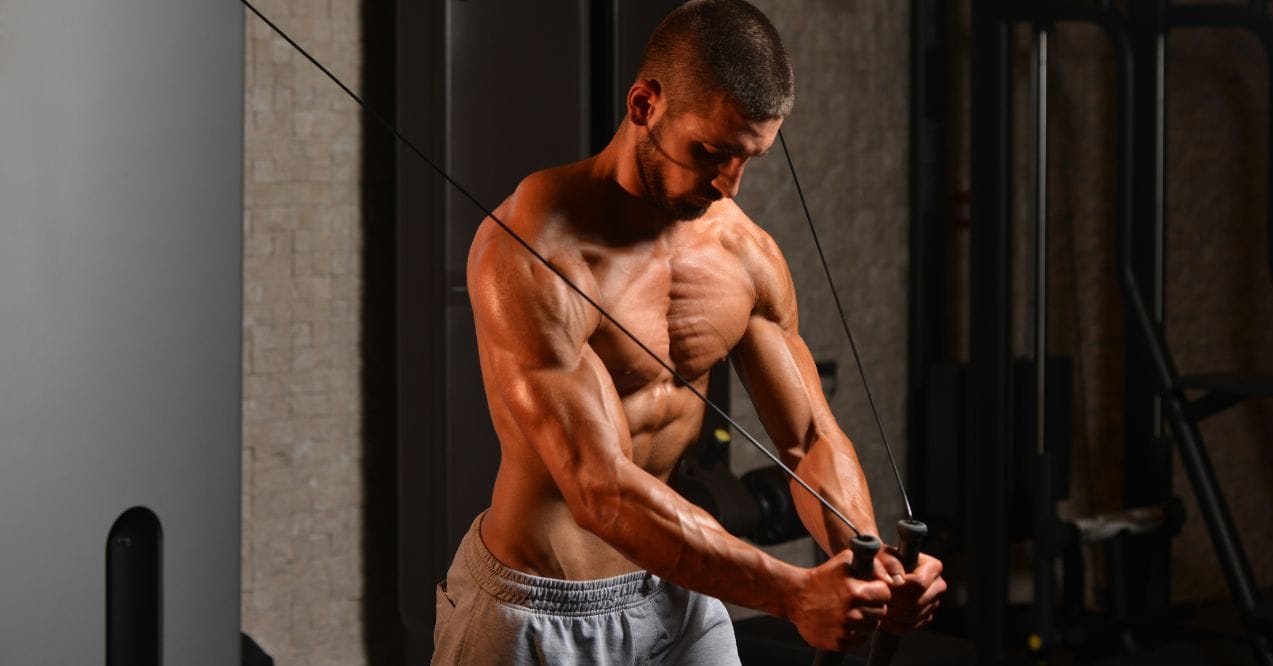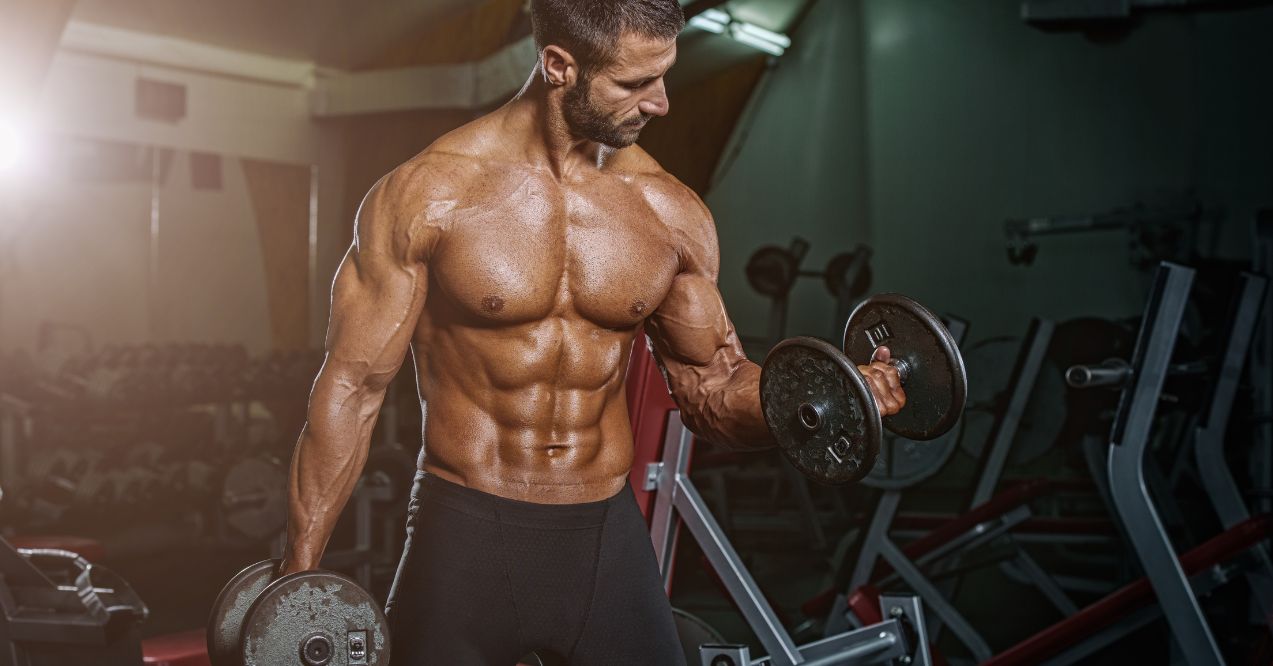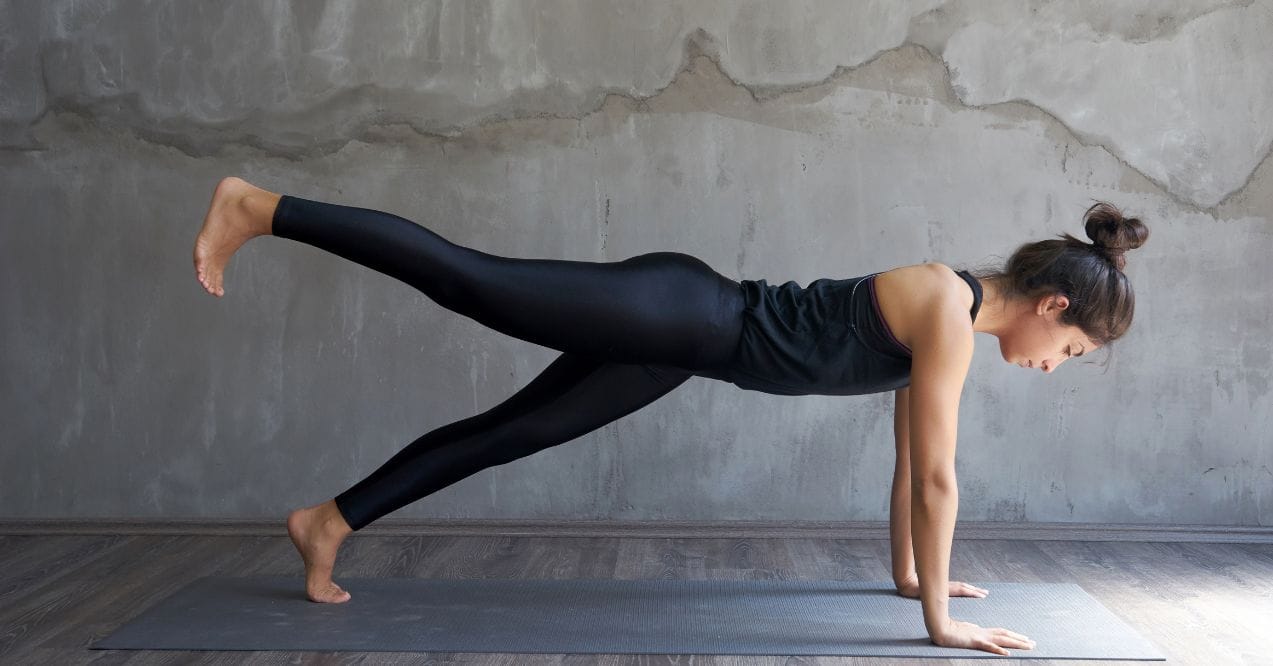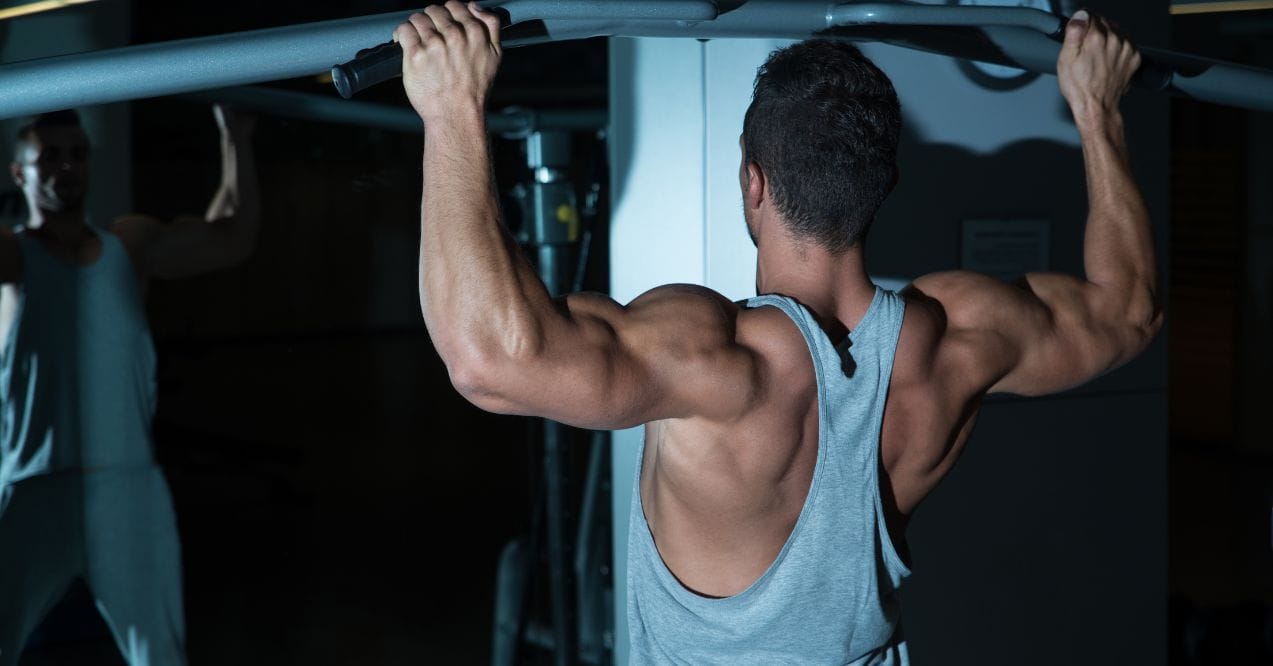Top 10 Compound Leg Exercises for Strength & Growth
Building strong legs isn’t just about looking good – it’s about creating a solid foundation for overall strength and athletic performance. Compound leg exercises work multiple muscle groups simultaneously through multi-joint movements, making them highly effective for building muscle and strength efficiently.
For maximum results, focus on quality contractions and time under tension workout techniques that keep muscles engaged throughout each rep. The exercises in this guide will help you build impressive strength, enhance stability, and develop balanced, powerful legs.
Compound vs Isolation: What’s the Difference?
Compound movements involve multiple joints and muscle groups working together, while isolation exercises target just one muscle group through a single joint action. When you perform squats (compound), your ankles, knees, and hips all move while engaging quads, hamstrings, glutes, and core muscles. Contrast this with leg extensions (isolation), which primarily work the quadriceps through knee joint movement only.
Compound exercises may offer several advantages:
- Greater overall muscle stimulation
- More efficient workout time
- Higher calorie burn
- Potentially better hormone response
Isolation exercises still play a vital role by:
- Helping correct muscle imbalances
- Targeting specific weak points
- Providing focused work when recovering from injuries
- Adding training volume with less systemic fatigue
For best results, build your leg workouts around compound movements first, when energy is highest, then finish with isolation work to maximize specific muscle development.
10 Best Compound Leg Exercises for Muscle Growth
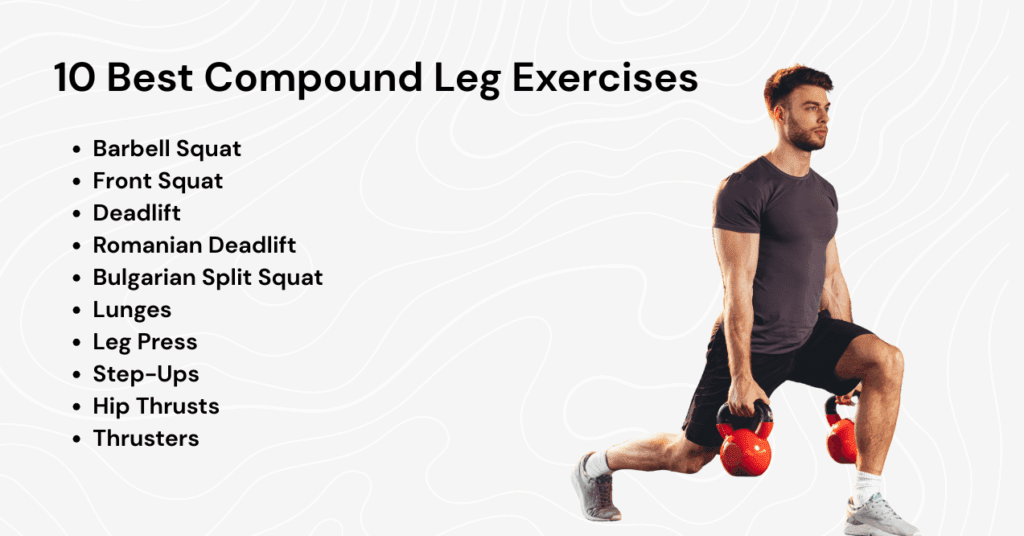
The following leg exercises form the foundation of effective lower body training. Each movement targets multiple muscle groups while allowing progressive overload—the key driver of muscle growth
When deciding between different machines for leg training, understanding the hack squat vs leg press differences can help you choose the right tool for your goals. Mix these exercises strategically in your training to build balanced, functional strength.
Barbell Squat – Full leg development
The barbell back squat is one of the most effective compound movements for total leg development. Here’s how to perform it correctly:
- Position a barbell on a rack at upper chest height
- Step under the bar and rest it across your upper back (not on your neck)
- Grip the bar with hands wider than shoulder-width
- Lift the bar off the rack and step back with feet shoulder-width apart
- Brace your core, keep chest up, and look straight ahead
- Bend knees and push hips back to lower yourself until thighs are parallel to floor
- Drive through your heels to stand back up, keeping back neutral
This powerhouse movement targets quads, hamstrings, glutes, and core simultaneously. It may improve overall strength, stability, and hormone response. Watch for common mistakes like rounding the lower back or knees caving inward. Start with lighter weights to master form before increasing load.
Front Squat – Emphasizes quads and core
Front squats place the barbell across your front deltoids, creating a more upright torso position that increases quad activation while reducing lower back stress.
- Set a barbell on a rack at upper chest height
- Step under the bar and position it across your front deltoids
- Create a shelf with crossed arms or use a clean grip position with elbows high
- Lift the bar and step back with feet shoulder-width apart
- Keep torso upright with elbows high and pointed forward
- Descend by bending knees and keeping chest tall
- Push through mid-foot to return to standing position
The front rack position demands significant core stability to maintain proper form. If wrist mobility limits you, try cross-arm position or specialized straps. This variation may feel more knee-friendly for some lifters while still delivering impressive quad development.
Deadlift – Posterior chain strength
The conventional deadlift builds unparalleled posterior chain power by working the entire backside of your body.
- Position feet hip-width apart with the bar over mid-foot
- Bend at hips and knees to grip the bar with hands outside legs
- Lower hips until shins touch the bar, keeping back flat and chest up
- Take a deep breath and brace your core
- Drive through the floor with your feet, extending hips and knees
- Stand tall at the top with shoulders back and hips fully extended
- Lower the bar by hinging at hips first, then bending knees
This fundamental movement primarily targets hamstrings, glutes, and lower back while engaging nearly every muscle for stabilization. Focus on pushing the ground away rather than pulling the weight up. The deadlift pattern translates to improved strength for many daily activities and is essential for balanced lower body development.
Romanian Deadlift – Glutes and hamstrings
The Romanian deadlift (RDL) emphasizes the stretch reflex in hamstrings and glutes through a hip-hinge pattern.
- Begin standing with a barbell held at hip level
- Set feet hip-width apart with a slight bend in the knees
- Initiate by pushing hips back, maintaining that slight knee bend
- Keep back flat and shoulders pulled back
- Lower the bar along your legs until you feel hamstring stretch
- Maintain bar contact with legs throughout movement
- Drive hips forward to stand up, squeezing glutes at the top
Unlike conventional deadlifts, you start at the top position, and the bar never touches the ground between reps. This maintains constant tension on the posterior chain muscles, making it particularly effective for hamstring and glute development. Focus on the hip hinge pattern rather than squatting down with the weight.
Bulgarian Split Squat – Unilateral strength and balance
This challenging unilateral exercise builds balanced leg development by preventing your stronger side from compensating for the weaker one.
- Stand 2-3 feet in front of a bench or platform
- Place one foot behind you on the bench, laces down
- Position front foot far enough forward that knee stays over ankle
- Keep torso upright, core braced, and shoulders back
- Lower your body by bending front knee until rear knee nearly touches floor
- Push through front heel to return to starting position
- Complete all reps on one leg before switching sides
Bulgarian split squats require less external load than regular squats while still creating substantial growth stimulus. Start with bodyweight to master the movement pattern, then progress to holding dumbbells and eventually a barbell as your strength and balance improve. Focus on keeping your hips square and avoiding leaning to one side.
Lunges – Functional movement and muscle balance
Lunges build functional strength through a movement pattern used in daily activities and sports.
- Start standing with feet hip-width apart and hands on hips or holding weights
- Take a controlled step forward with one leg, landing heel first
- Lower your body by bending both knees to about 90 degrees
- Keep front knee aligned over ankle, not pushing past toes
- Maintain upright torso and engaged core throughout
- Push through front heel to return to starting position
- Either alternate legs or complete all reps on one side before switching
This versatile exercise targets quads, hamstrings, and glutes while challenging balance and coordination. For variety, try walking lunges (moving forward with each rep), stationary lunges (returning to start position), or reverse lunges (stepping backward). Start with bodyweight before adding dumbbells or a barbell for resistance.
Leg Press – Load quads without stressing the spine
The leg press allows heavy loading of the legs without axial spine compression, making it valuable for those with back issues.
- Sit in the leg press machine with back and head against the pad
- Place feet shoulder-width apart on the platform, at mid-level
- Grasp the handles or sides of the seat for stability
- Release the safety catches and hold the weight in starting position
- Lower the weight under control until knees reach about 90 degrees
- Push through heels and mid-foot to extend legs back to starting position
- Stop just short of fully locking out knees at the top
This machine-based compound exercise serves as an effective supplement to free-weight training. By adjusting foot position, you can shift muscle emphasis – placing feet higher on the platform targets hamstrings and glutes more, while lower foot placement focuses on quads. Keep your lower back pressed against the pad throughout the movement.
Step-Ups – Real-world strength and coordination
This functional exercise mimics climbing stairs while building unilateral strength and coordination.
- Position a box or bench at knee height or slightly below
- Stand facing the box with feet about hip-width apart
- Place one foot completely on top of the box
- Drive through the heel on the box to lift body up
- Bring trailing leg up to standing position on box
- Step down with the same leg that stepped up first
- Repeat all reps on one side before switching legs
Step-ups particularly target the quads and glutes while minimizing stress on the lower back. They’re excellent for identifying and correcting strength imbalances between legs while building practical, everyday strength. For best results, focus on driving through the heel of your working leg rather than pushing off with your back foot.
Hip Thrusts – Targeting glutes
Hip thrusts may be the most effective exercise for maximizing glute development.
- Sit on the floor with your upper back against a bench
- Place a padded barbell across your hips in the crease
- Bend knees with feet flat on floor, about shoulder-width apart
- Brace your core and prepare for the movement
- Press through heels to raise hips until body forms straight line from shoulders to knees
- Squeeze glutes hard at the top position, holding briefly
- Lower with control without letting hips touch the ground between reps
The movement allows for heavy loading with minimal stress on the spine compared to many other lower body exercises. For best results, focus on full hip extension and strong glute contraction at the top position. This exercise has become increasingly popular as people recognize the importance of glute strength for both performance and aesthetics.
Thrusters – Full-body power, legs and shoulders focus
Thrusters combine a front squat with an overhead press for a powerful full-body movement.
- Start with a barbell at front rack position across shoulders
- Position feet shoulder-width apart, toes slightly turned out
- Descend into a front squat by bending knees and hips
- Keep torso upright and elbows high throughout descent
- At the bottom position, drive explosively through feet
- As you stand, press the barbell overhead in one fluid motion
- Fully extend arms at the top before lowering barbell back to shoulders
This hybrid exercise builds tremendous power output, cardiovascular fitness, and coordination between upper and lower body. Start light to master the timing before adding weight. Thrusters can be performed with dumbbells, kettlebells, or a barbell depending on your equipment availability and preference.
Sample Leg Day Routines
A well-structured leg workout balances compound movements with appropriate volume and intensity. For best results, start with the most demanding compound exercises when you’re fresh, then move to less complex movements.
Looking to train without equipment? A calisthenics leg workout can build impressive strength using just your bodyweight. The following routines offer starting points that you can adjust based on your equipment access, recovery capacity, and specific goals.
Beginner Routine
This routine focuses on fundamental movements to build a solid foundation:
- Barbell Squats: 3 sets of 8-10 reps (focus on perfect form)
- Romanian Deadlifts: 3 sets of 10-12 reps
- Leg Press: 2-3 sets of 12-15 reps
- Standing Calf Raises: 3 sets of 15-20 reps
Rest 90-120 seconds between sets. Perform this workout twice weekly with at least 48 hours between sessions. Focus on mastering technique before increasing weight. Track your progress and aim to add small amounts of weight or reps each week as your strength and coordination improve.
Advanced Routine
This higher-volume approach introduces more variety and intensity for experienced lifters:
- Front Squats: 4 sets of 6-8 reps
- Bulgarian Split Squats: 3 sets of 8-10 reps per leg
- Nordic Curls: 3 sets of 6-8 reps (or max reps)
- Hip Thrusts: 4 sets of 8-12 reps
- Adduction Machine: 3 sets of 12-15 reps
Rest 2-3 minutes between compound movements and 60-90 seconds for isolation work. This higher-intensity routine pairs well with Trumeta Creatine for enhanced strength and recovery. Advanced lifters might split this volume across two weekly leg sessions for better recovery and performance.
Optimizing Your Leg Day Training
To maximize results from your leg training, focus on these key programming factors:
Gradually increase weight, reps, sets, or decrease rest periods over time. Without this stimulus, growth stagnates regardless of exercise selection.
Most lifters see optimal results training legs 1-2 times weekly. Very advanced lifters may benefit from higher frequencies with carefully managed volume.
Mix up your approach for complete development:
- Strength focus: 3-6 reps with heavier weights
- Hypertrophy (muscle growth): 6-12 reps with moderate weights
- Endurance/metabolic stress: 12-20 reps with lighter weights
Include a mix of knee-dominant (squats, leg press) and hip-dominant (deadlifts, hip thrusts) movements for balanced development.
Allow 2-3 minutes between heavy compound sets and 60-90 seconds for isolation work.
After intense lower body compound exercises, proper recovery becomes crucial. Adequate protein intake, hydration, and sleep all play vital roles in the muscle-building process.
Nutrition for Muscle Growth
Supporting leg growth requires targeted nutrition strategies that fuel workouts and recovery. Protein intake of 1.6-2.2g per kg of bodyweight typically optimizes muscle protein synthesis for most lifters. Distribute this protein across 4-5 meals daily for best results.
Carbohydrates are your muscles’ preferred energy source, particularly for high-intensity leg exercises with barbell and other heavy training. Aim for 3-5g per kg of bodyweight, with higher amounts on training days and around workouts.
Healthy fats (0.8-1g per kg) support hormone production, which drives muscle growth. Don’t neglect micronutrients – various vitamins and minerals serve as cofactors in energy production and recovery processes.
For a convenient way to boost your recovery nutrition, Bone Broth Protein from Trumeta provides 20g of protein per serving plus natural joint-supporting compounds. This makes it particularly valuable after leg training, which places significant stress on knee and hip joints. Try our Bone Broth Protein to support your training goals with quality nutrition.
Hydration remains critical, as even mild dehydration can significantly impact performance. Aim for clear or light-colored urine throughout the day, especially before and after training.
Conclusion
Building impressive leg strength and size requires both strategic exercise selection and consistent effort. The compound leg exercises outlined in this guide provide the foundation for efficient, effective training that delivers results. While isolation movements have their place in a complete program, the multi-joint compound exercises deliver the greatest return on your training investment.
These lower body exercises for women won’t create a “bulky” look – instead, they’ll sculpt a strong, athletic physique while supporting metabolism and functional capacity. The list of compound exercises provided gives options for all experience levels and equipment availability.
Whether you’re training at home or in the gym, consistency with progressive overload principles remains the key factor in your success. Even with limited equipment, at home leg training can be highly effective when you apply the right intensity and execution to basic movements.
The barbell back squat is often considered the most effective compound leg exercise. It engages multiple muscle groups simultaneously, allows for heavy loading and promotes overall muscle growth and strength development.
The “Big 5” compound exercises are squats, deadlifts, bench press, overhead press, and rows. These multi-joint movements collectively train nearly every major muscle group in the body while allowing progressive loading for continuous strength and size development.
Yes, 5 well-chosen leg exercises can be sufficient for complete development. Quality trumps quantity—focus on 2-3 compound movements (like squats and deadlifts) plus 2-3 targeted exercises for weak points or specific goals, rather than excessive exercise variety.
Advertisement. This site offers health, wellness, fitness and nutritional information and is designed for educational purposes only. You should not rely on this information as a substitute for, nor does it replace, professional medical advice, diagnosis, or treatment. If you have any concerns or questions about your health, you should always consult with a physician or other health-care professional. Do not disregard, avoid or delay obtaining medical or health related advice from your health-care professional because of something you may have read on this site. The use of any information provided on this site is solely at your own risk.
